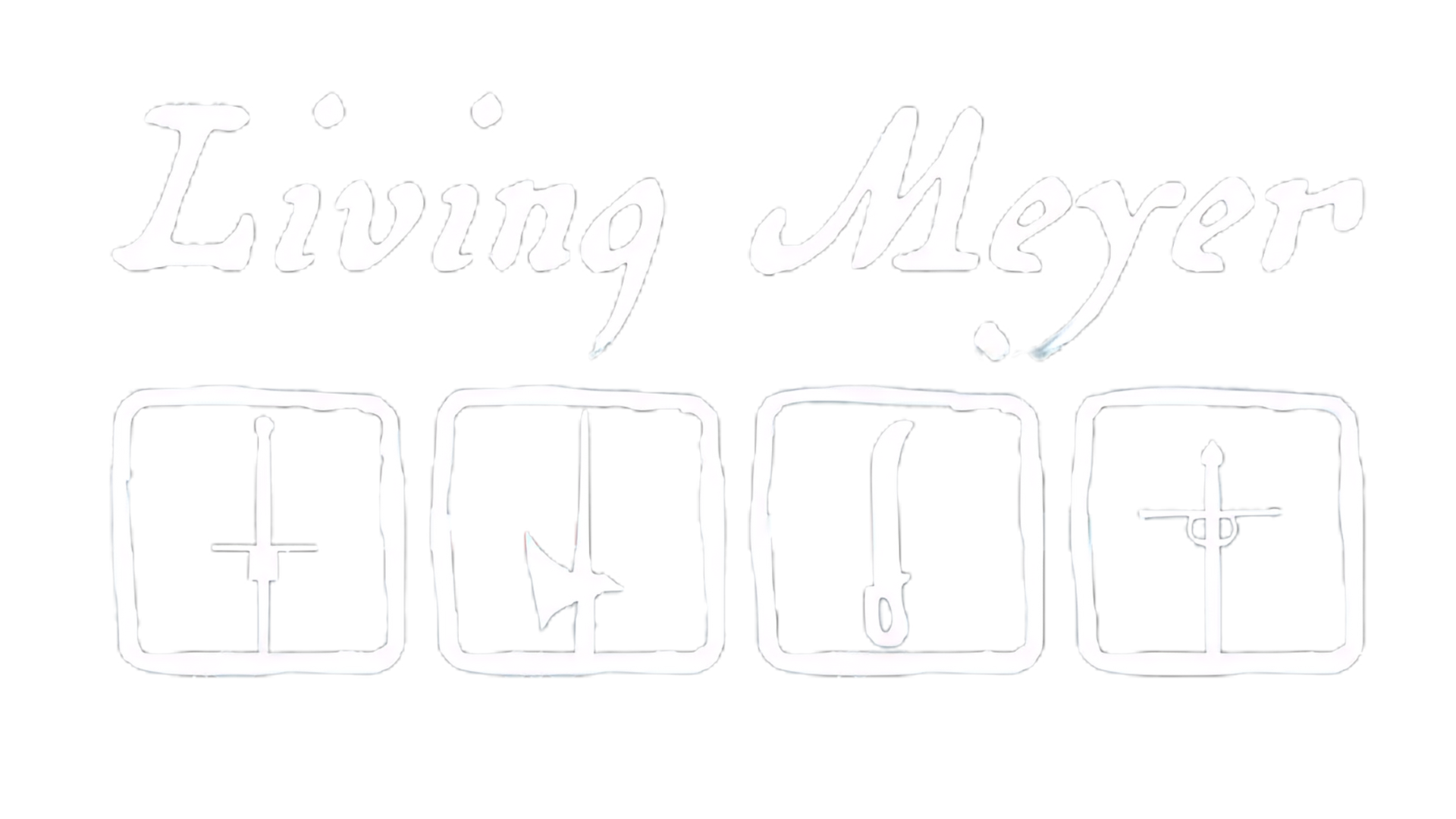Dempffen [dɛmpfən] lit. “Repelling” or “to repress” or impede, to subdue, and “Suppress/ Suppressing”. What a great fencing term.
In Meyer’s 16th century system of fence, Dempffen/ Dempffhau is a vertically descending Oberhau. This cut, a Nehmer is executed as a counter-cut with the Longedge. It ‘repels’ your opponent’s incoming blade towards the ground. See Master Meyer’s use of the word in the 1570, his examples of one’s actions conducted to repel an opponent’s in coming stroke. Several period military texts also seem support this word choice over ‘suppressing’. An example being you ‘suppress’ a rebellion, as one may ‘subdue’ an individual, you repel the enemy force or their attacks.
- Sachs, Hans, all carnival games, ed. by Edmund Goetze (M. Niemeyer, 1880), i–vii, p70.
- Schmeller, Johann Andreas, Bavarian Dictionary: Collection of words and phrases used in the living dialects as well as in the oldest and oldest provincial literature of the kingdom of Bavaria … (Stuttgart: Cotta shy Bookstore, 1827), i, pp372-374.
Also

The text above is taken from: ‘Action for the Strikes’ found in Gustav Hergsell’s work entitled “Die Fechtkunst im XV. und XVI. Jahrhunderte (1896, p610), reads;
“The Dempffhauw is a most practical counterstrike to defend against the opponent’s attack […]. The Dempffhauw, when correctly sent, will hit the opponent’s arm or blade. In the latter case, the intention is to repel the opponent’s blade to ground, hence the [cut’s] name, “Dempffhauw“.

